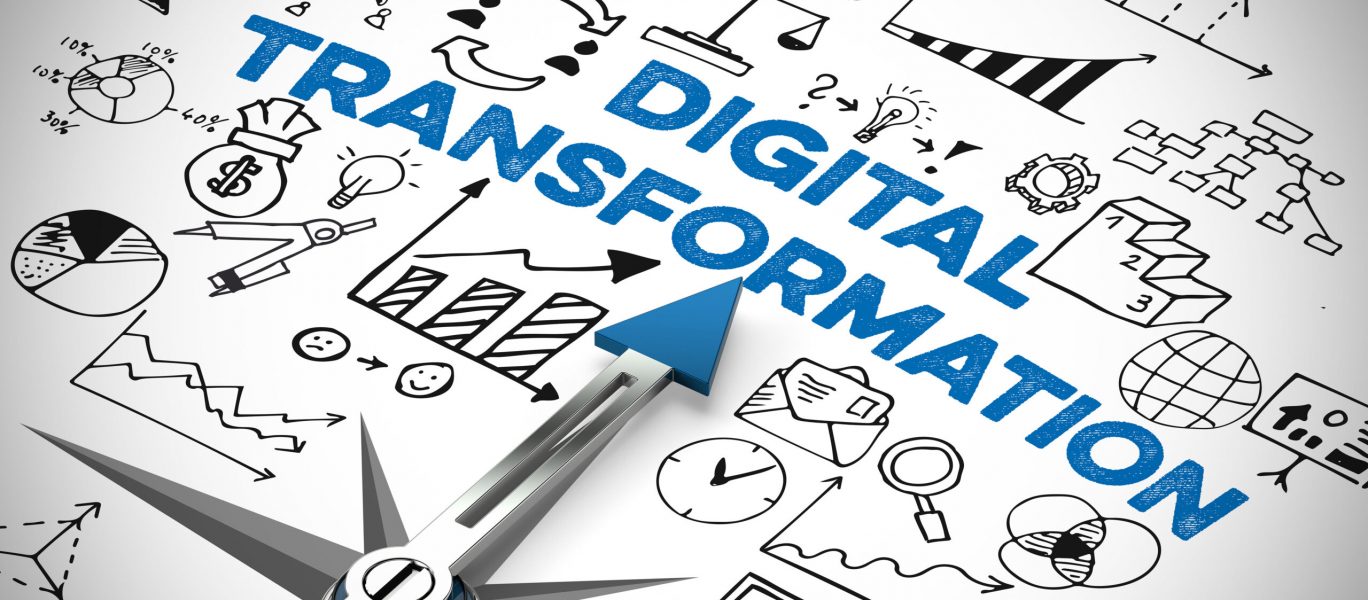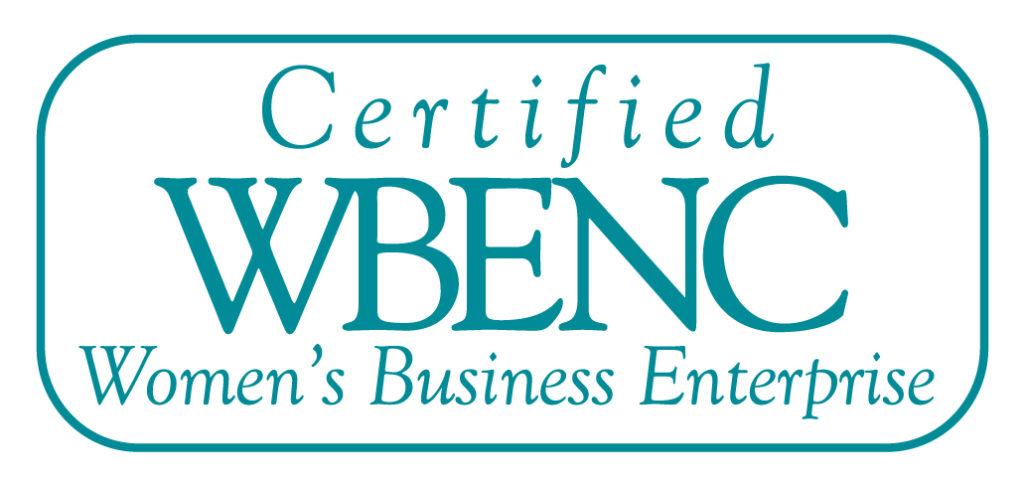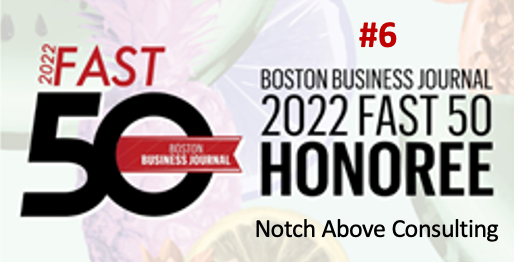Digital Transformation initiatives remain a top priority for companies, and in many ways were fueled by the Covid-19 pandemic. Most organizations today are either planning to start or are underway in executing their digital transformation objectives. One of the major areas of focus is modernizing their digital assets with a cloud enabled and/or cloud-first strategy. It is a transitional journey with a multi-year roadmap. The changes span across people, process, and technology and things often get worse before getting better.
The Covid-19 pandemic has impacted almost all organizations’ digital strategy and transformation journey. Existing technology priorities for end-user compute, connectivity, and collaboration and productivity tools ceded to enable remote work for their workforce so companies could keep business running. Almost all organizations, regardless of industry, embraced and rolled out changes at an unprecedented pace to support remote working.
Organizations forced into a remote working mode for the first time have adopted and evolved. Many organizations see no impact on their ability to fully enable their remote workers. As such, remote work has become a new norm. As offices do open up, they are seeing very low to moderate volume of their employees showing up. With weekly testing requirements in effect by many organizations, most people prefer to continue with their remote work for the foreseeable future or even permanently. Many believe that the new norm of working remote for many job functions will be permanent.
So what does this remote workforce mean for modern day leaders who want to reinvigorate or accelerate their digital initiatives? And how do they best prepare themselves to keep pace while supporting the remote environment?
1. Securing your Assets
First, it remains critical to protect vital company assets. In most organizations, the network perimeter drives their security. Secure authentication and authorization processes are leveraged to allow users to connect to the network, and once connected, have access to all corporate assets and resources. With a large remote workforce, a network perimeter-based security can provide great exposure to cybercriminals. Vulnerabilities can be exploited simply by a compromised remote workplace laptop, allowing cybercriminals to gain access to private corporate information. Minimal access privileges for remote workers, and frankly all workers, should be adopted in order to protect these corporate assets and information. This requires managing security policies that apply dynamic rules to address known and new security threats. This should be enforced as a security check for each and every user request and their posture that gives them access to only the information they need to do their job. Once that is done, the identity of the user (user identification) becomes the new perimeter for security.
2. Be Prepared and Be Flexible
Tools and technologies are integral parts of growing businesses and people today. Covid-19 has taught us to always expect the unexpected. While it is beneficial to have a roadmap and a set of priorities, be prepared to be nimble and respond to evolving needs. As new priorities or needs emerge, don’t be afraid to change direction and alter the plan. Attacking the roadmap in manageable steps is beneficial to ensure no overall disruption. Create a backlog of needs and prioritize but be responsive as needs change.
3. Tap the Best Talent
Remote working has allowed people to work anytime from anywhere and has proven to have no impact on productivity. This is great news for hiring managers! You are no longer constrained by a local talent pool. Now companies can find the best UX designer or Product Owner for their team! Now keeping great talent is equally challenging so companies should think about the right blueprint of internal and external resources to meet their needs. And ensure they are fostering a culture where these resources thrive. Companies will need to think outside the box on how to attract and retain this new flexible workforce, or digital nomads. These workers are looking to balance both their work and personal life with the flexibility that is provided from remote working. Leaders will need to adopt long term resourcing plans to accommodate this evolutionary phase of modern day working.
With business evolving rapidly around us, companies need to remain nimble to succeed. The landscape has changed but the need to solve business challenges, technology pain points and meet critical KPIs remain imperative. To summarize, companies should build an approach to reinvent the engagement of the current and future workforce securely and formatively. Companies should adopt an experimental mindset in deploying modern tools and technology with a willingness to fail, learn and evolve. And of course attracting and retaining the best talent will undoubtedly help organizations achieve their technology and business transformations in this new normal.





